(Second in a series of posts about our search for the best location for a seaside sanctuary for captive orcas or beluga whales. This post is about the San Juan Islands off the coast of Seattle.)
While the sites we explored in B.C. are remote from cities, those in the San Juan Islands are within easy reach of a major metropolitan area. That’s a big plus in terms of having access to power, infrastructure, and all the facilities that staff members would need for their families who are living there year-round.
It also means, of course, that many of the sites we’ve looked at that would be ideal for a sanctuary are also close to people with homes and businesses nearby. And while they love the idea of a sanctuary, many people prefer not to give up any coastal access.
One location that doesn’t have this challenge is Deepwater Bay on Cypress Island, which is sparsely populated and close to the mainland. Deepwater Bay is home to some Department of Natural Resources operations. It was formerly a salmon hatchery that failed two years ago, and the owners must give up possession by 2023, so we’re working to see if we can acquire the bay sooner than that for an orca sanctuary.
The bay has good depth and excellent tidal and current flows, and can be segmented to accommodate the net enclosures. It is also close to the mainland and it continues to be one of our preferred sites.
Plight of the Southern Resident Orcas
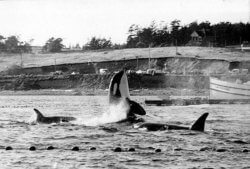
Orcas being rounded up in Penn Cove in 1970. Photo: Wallie Funk/Whidbey News Times
Just as the region we explored in British Columbia is home to the Northern Resident orcas, the waters around the San Juan Islands are home to the Southern Residents.
For more than a decade, starting in 1965, some 270 orcas were captured in these waters. More than 50 of them were dispatched to entertainment parks around the world. Others either died or were later released. The Southern Residents have never recovered from this travesty, and their situation is only made worse by pollution, noise and lack of food.
In the summer of 2018, the world was transfixed by the scene of a mother orca carrying her dead infant in what could only be interpreted as a display of profound grief and loss. Tahlequah/J-35 had given birth to a daughter who had lived for only 30 minutes. With help from other members of her family, Tahlequah kept the dead baby afloat for 17 days as the pod continued to ply the waters of the Salish Sea, off the coast of Seattle, in their search of an ever-diminishing supply of food.
At the same time, another young member of the family, Scarlet/J-50, was ailing, and the National Oceanic and Atmospheric Administration (NOAA) asked the Whale Sanctuary Project, along with several local organizations, to join in an emergency effort in the Pacific Northwest to try to save her life.
“Our team has expertise to assess her health and to provide help to her at this critical time,” our Executive Director Charles Vinick said. “It is something we must do and as much as we are committed to improving the welfare of captive whales, we must also do all we can to help free-ranging whales.”
As it turned out, it was too late to save Scarlet’s life. But it was also clear to us that if our sanctuary were to be in these waters, and with a full staff of veterinarians and caregivers at hand, it could play a key role in providing emergency short-term care to other free-ranging whales in need.
The Lummi Nation and Sk’aliCh’elh-tenaut
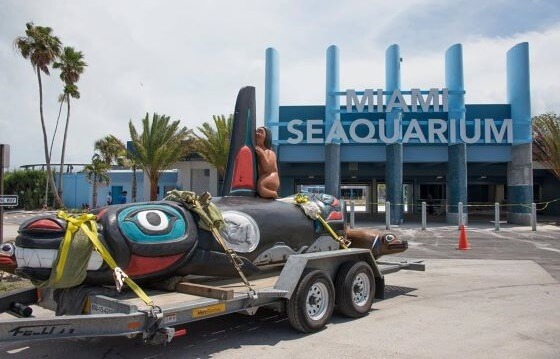
To most of us, they’re killer whales or orcas. But to the Lummi Nation of the Pacific Northwest, they are “qw’e lh’ol’ me chen” – our relations who live under the water.
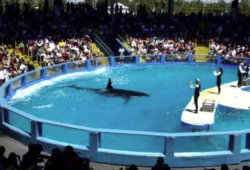
“Lolita” entertaining tourists at the Miami Seaquarium
One of those relations is the sole survivor of the infamous kidnappings of infant Southern Resident orcas. Now 53-years old, she still spends her days in a concrete tank at the Miami Seaquarium, where she is known as Lolita. To the Lummi, however, she is Sk’aliCh’elh-tenaut, and they are determined to bring her home.
Last year, they carved a totem pole in her honor and brought it to Miami, where they held ceremonies to press for her return. The totem itself is a stunning artistic achievement: a 16-foot orca resting on two harbor seals and with their mythic “Whale Rider” on her back.
We are honored to be collaborating with the Sovereignty and Treaty Protection Office of the Lummi Nation and with other tribal nations as we work to create a seaside sanctuary for orcas who are retired from life in concrete tanks and that can also serve as a rescue and rehabilitation facility for marine mammals in the region.
Town Meetings
In July of this year, we held a series of six town meetings across the Salish Sea region – Seattle, Olympia, Gig Harbor, San Juan Island, Lopez Island and Orcas Island – to discuss our concept for a home in the San Juan Islands for orcas who are retired from entertainment parks, and how it can also serve as a rehab/rescue facility for the endangered Southern Resident orcas.
Here’s the presentation at the meeting in Seattle. Lori Marino talks about the origins of the Whale Sanctuary Project in the wake of the movie Blackfish as public opinion began pressing for an end to using whales and dolphins as a form of entertainment. She describes how a group of whale and dolphin scientists, former trainers, attorneys, writers and other experts came together to plan the creation of a seaside sanctuary where orcas and belugas could be retired; and what it’s like for whales and dolphins living in concrete tanks. Jeff Foster describes the main features of a seaside sanctuary and how it can also serve the needs of orcas in the wild. And then Charles Vinick talks about the locations we’ve been exploring and what it will take to create the sanctuary itself. The presentation runs 42 minutes:
After each of the presentation at the six town meetings, there was a Q&A period, including general comments and discussion. Here’s the Q&A session from the meeting on Lopez Island, trimmed to 20 minutes from its original 40:
And here are some photos from the various town meetings:
Next: Nova Scotia.
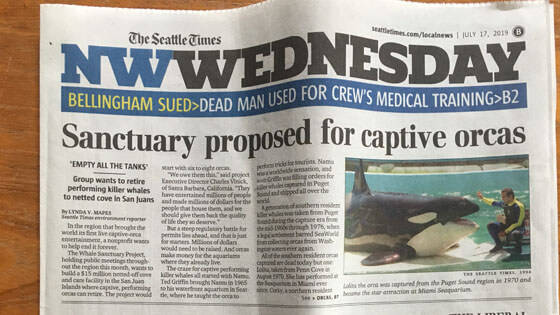
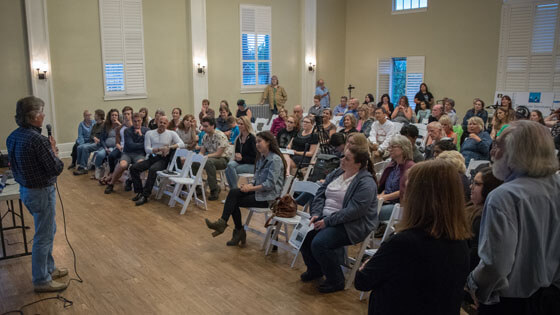
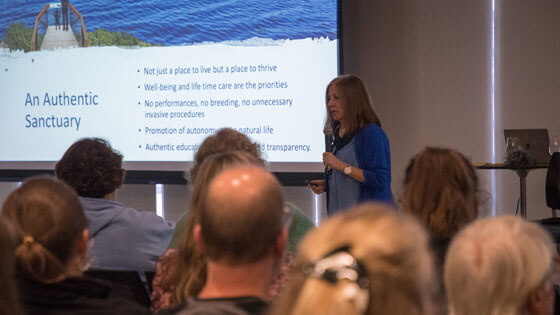

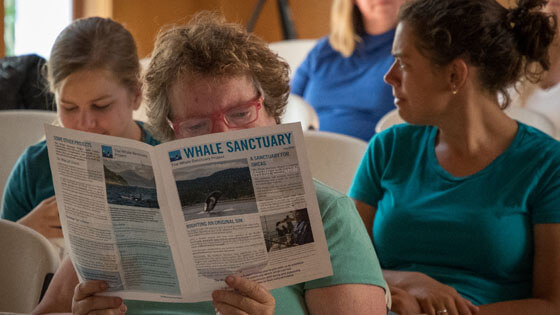
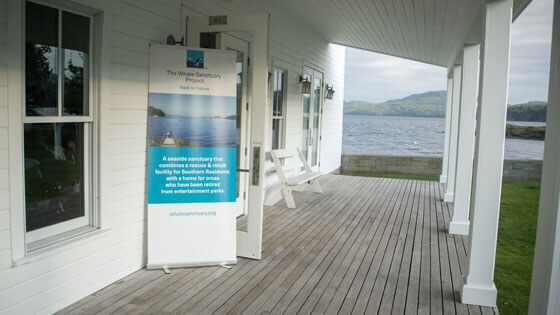
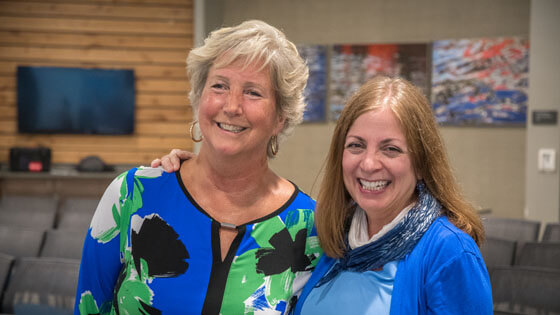
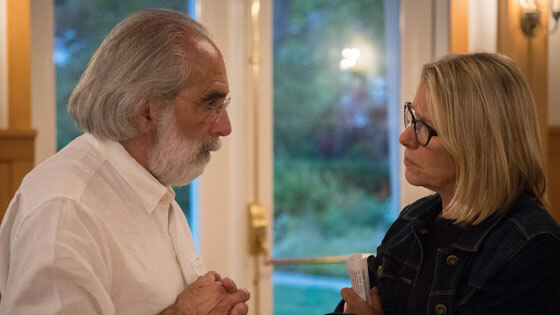
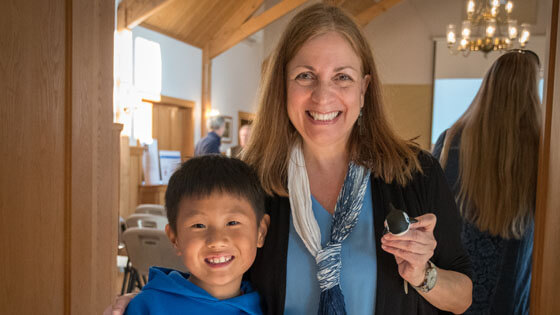
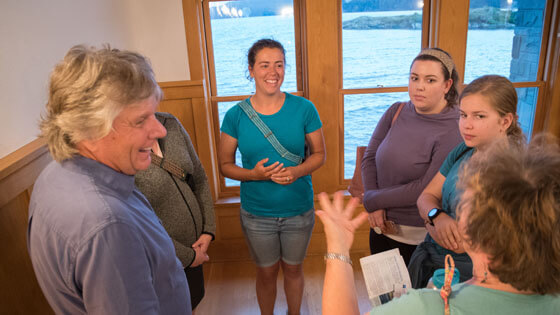
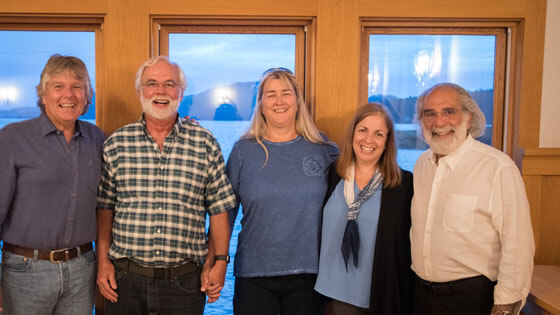
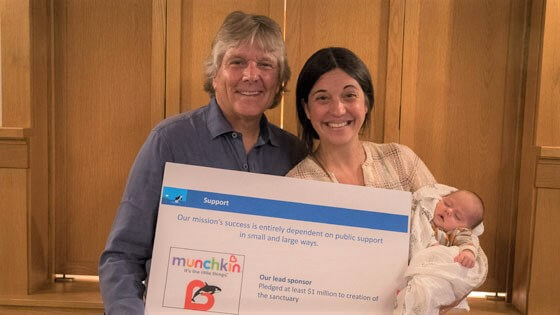
1 Comment
I fully support this. We need the Orcas back in familiar waters with their families.